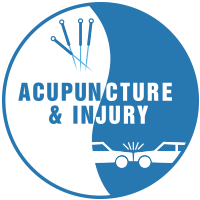Tenosynovitis is associated with inflammation in the synovium, the sheath that wraps around tendons to protect them. It can occur as the result of injury, infection, overuse, strain, or inflammatory disease. In some cases, the cause may be unknown. If you experience the symptoms of tenosynovitis, such as joint stiffness, pain or swelling around a joint, or redness that extends along the length of a tendon, seek medical care in Atlanta, GA as soon as possible. Without medical care, tenosynovitis can become serious, especially when it is caused by an infection.

Bracing
Anti-Inflammatories
Medications can sometimes be used to reduce inflammation associated with tenosynovitis. Over-the-counter non-steroidal anti-inflammatories, or NSAIDs, can control inflammation and help to reduce pain. In more serious cases, injections of steroids into the affected area may be helpful. Often, the use of anti-inflammatories is combined with other therapies, such as heat and ice and bracing. Antibiotics may also be prescribed alongside anti-inflammatories if your doctor suspects that an infection is to blame for your symptoms.
Surgery
Although surgery is not necessary for most tenosynovitis cases, it is required for some patients. When an infection is the cause of tenosynovitis, particularly in the hands or wrists, emergency surgery is required in order to remove the pus that is surrounding the tendon. This kind of tenosynovitis is typically accompanied by fever and may be associated with an infected cut. In other cases, surgery is required to remove inflamed tissue when other treatments haven’t been effective. Antibiotics are usually prescribed after surgery to ensure that any infection present is controlled.

Give a Reply
You must be logged in to post a comment.